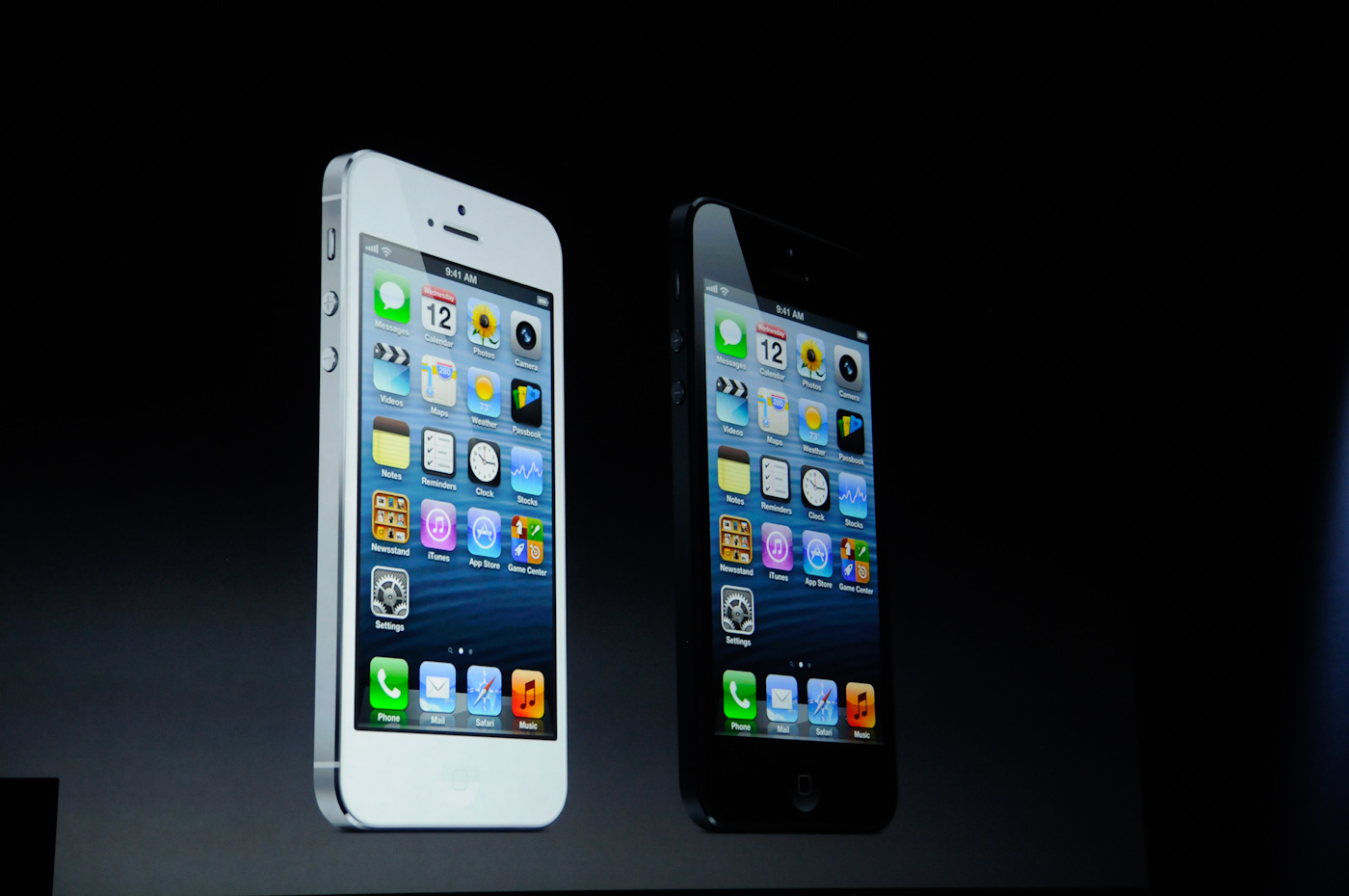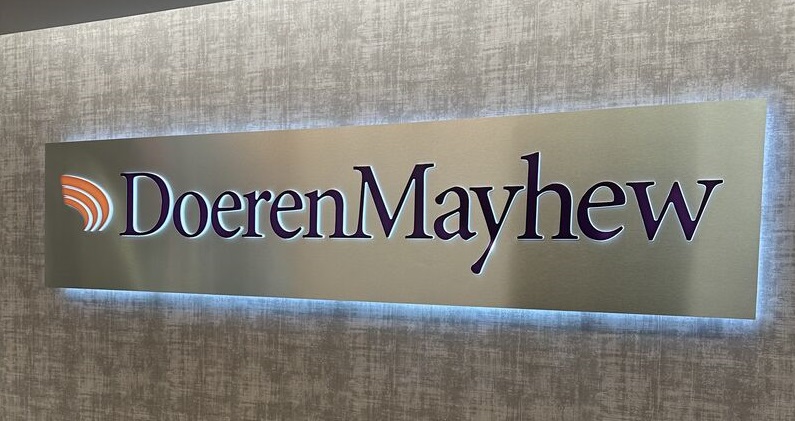I used to consider myself an early adopter of all-things technology. Back when I was PC-based, I would upgrade to the newest operating system (OS) right away and buy the latest version of Microsoft Office. Almost 6 years ago when I moved to a Mac, whenever a new OS came out, I upgraded very quickly.
Sometimes, however, I think I upgraded a little too quickly. Time and time again, I found myself on the short-end of a new program, frustrated because something didn’t work quite right. Of course, I want to ask Microsoft and Apple why in the heck they would even consider releasing new software that wasn’t really ready, but that’s a rhetorical question. If they waited to work out all the bugs, nothing would ever get released.
Recently, on a still-warm evening in Dallas, I watched … and waited … with keen anticipation for the release of Apple’s new iPhone 6 and 6 Plus. Earlier in the week, I had seen the news reports on the new phones, as well as the new Apple watch. However, while I was waiting for the new release, I also knew one thing with 100% certainty: I would not order the new phone. In fact, I know I won’t order it for at least another 6 months.
I used to think it was a good thing to be an early adopter – and I usually admire accountants who tell me they, too, were early adopters. Yet, I also know the kinds of questions to ask them about technology, systems and processes, so I often assess their levels of risk; after all, if they were early adopters, it correlates that they were able to face a certain level of risk to feel confident that any system changes wouldn’t keep them from doing their work.
Almost always, firms who considered themselves on the cutting edge of technology really weren’t as savvy as they thought they were. Sure, a firm would be very proud of the fact that it had an optical scanner, but then I ask something like, “so you’ve been able to do away with your file cabinets, right?” Wrong.
I’m not knocking those who say they were early adopters; what I’d rather have happen, instead, is for firms to admit to embracing technology, but doing so as a means to an end. In other words, what is the end goal to buying a scanner, finding an app for electronic signatures or even storing information in the cloud?
Firms aren’t all to blame; I say some of the fault is with the software companies who want to become first to market with anything they think will outperform the competition. Just recently, I engaged an accountant to write a review of several point of sale apps. She was very excited about the assignment and I had no doubt she could probably write it in her sleep.
After a week or so, she called me to ask me my opinion about the article. Turns out the primary app she wanted to write about didn’t have the correct functionality in place to perform a pretty crucial task. When she talked to the software provider about the problem, their response was that they knew about the issue and should have an update available in a few months.
Now, if I were an accountant shopping for POS apps and bought this one or any of the others only to find out my choice made big promises it couldn’t deliver, I’d be very mad. After all, if I integrated the app into my software and it wasn’t able to perform a much-needed function, I would feel as if I wasted my money.
I think they key is to do your homework prior to purchasing a new OS, software upgrade or something brand new for your firm. I’m just as guilty of not doing this as most everyone else in only having my focus on the shiny new object rather than taking a step back to think through the situation. Instead, try this 3-step process:
- Create a measureable end goal for whatever you’re trying to accomplish. For example, if you’re interested in saving time and possibly shifting one person’s time from data entry to something more strategic, then write something like, “The new program saved us xx hours of time per month.” By having a measurable goal, you’ll be able to measure your decision.
- Perform due diligence with all providers in the space you’re looking at. You can do this several ways: visit their webpages, ask for product demos or ask your colleagues for referrals. The very best way, however, to vet your choices is at trade shows. Instead of avoiding the exhibit floor and diving into the cheese tray, walk the floor and visit with the providers who are present. I guarantee you will walk away better educated and more informed.
- Take advantage of any training offered by the software provider you choose. While you may have some staff or contractors who claim they don’t need the training, stand by your decision to have everyone properly trained. When you’re finished with training, you won’t have anyone claim he or she doesn’t know how to operate the new software. You’ll also feel more confident that your clients will benefit from the new system.
I still think it’s better to be an early adopter than be late to the game, but adopt wisely. Your firm and clients will be much better off in the long term. Now as to that new Apple watch … well, I always imagined myself as an amateur Dick Tracy.
—————————
For more than 24 years, Scott H. Cytron, ABC, has worked with CPAs and accountants, providing public relations, marketing and communications services, and teaches firms how to use social media more effectively. Author of The CPA Practice Advisor’s MarketingWorks column, he tweets, and is on Facebook and LinkedIn. He can be contacted at scott.cytron@cpapracticeadvisor.com.
Thanks for reading CPA Practice Advisor!
Subscribe Already registered? Log In
Need more information? Read the FAQs
Tags: Marketing, Technology





